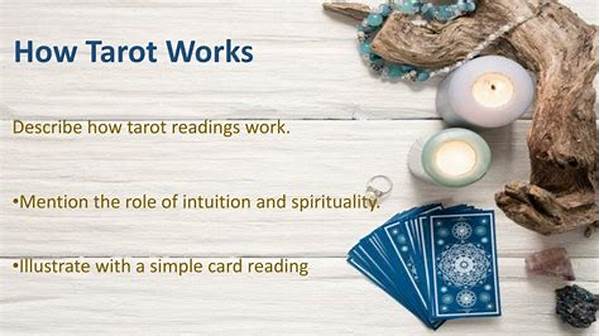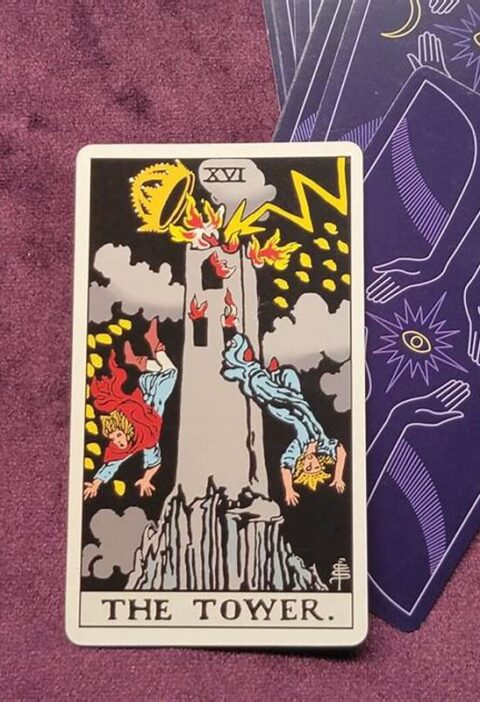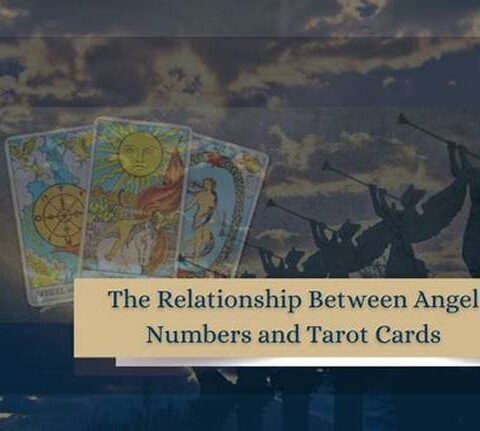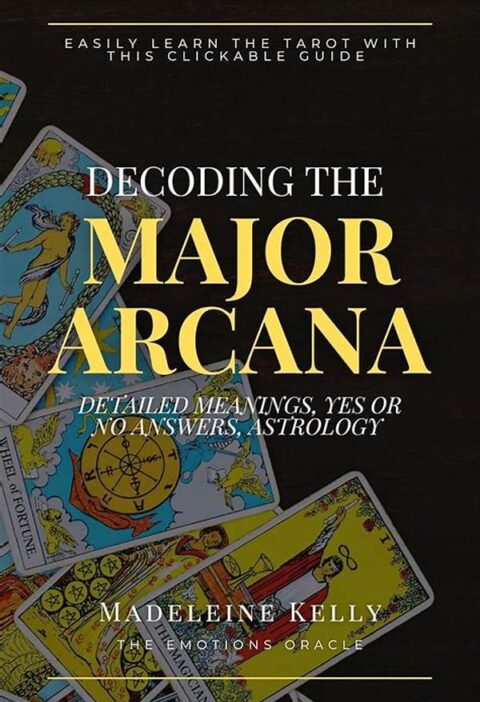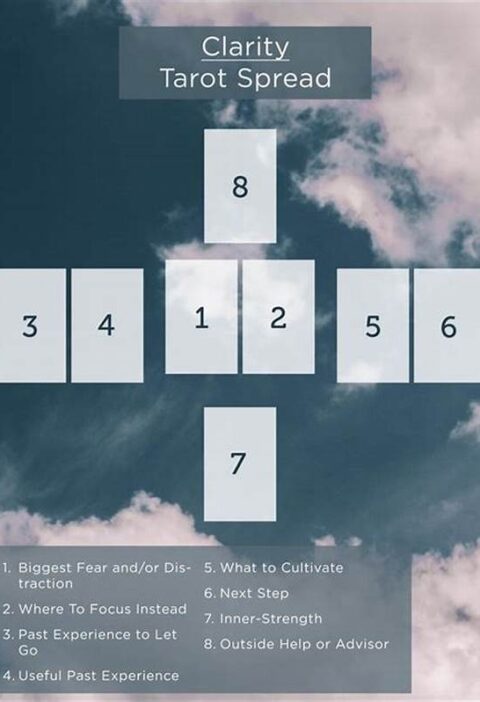Meditation is a powerful practice that helps calm the mind, reduce stress, and boost self-awareness. While there are various techniques to achieve a meditative state, tarot cards offer a unique and engaging method that attracts both spiritual enthusiasts and those simply curious about alternative practices. But why tarot works as a meditation tool so effectively? Let’s delve into the mystical yet practical world of tarot to understand its meditative power.
Read More : How Tarot Supports Decision-making In 2025
Tarot cards, with their rich symbolism and archetypal imagery, serve as a focal point for introspection and reflection. The act of drawing a card and contemplating its meaning can guide the user into a meditative state, promoting relaxation and heightened awareness. Each card brings with it a story, a lesson, or an insight that encourages self-reflection. For example, the card of The Hermit often prompts questions about solitude and inner peace, while The Fool may inspire thoughts about new beginnings and potential risks. This storytelling element not only makes tarot entertaining but also deeply engaging, allowing for a deeper dive into one’s subconscious thoughts and feelings.
Moreover, tarot allows for a creative exploration of one’s mind. Staring at the intricate designs and illustrations, the mind starts wandering and exploring various thoughts and emotions tied to the card’s representation. This practice can naturally lead to a meditative state, as the brain switches from logical analysis to intuitive and creative thinking. This transition is essential in meditation, where the goal is often to quiet the overthinking mind and connect with deeper, more intuitive insights.
The Role of Focus and Intent in Tarot Meditation
When using tarot as a meditation tool, intent plays a critical role. The process begins with setting a clear intention, whether it’s seeking clarity on a specific issue or simply aiming for peace of mind. This intention sets the stage for the meditation session, directing the subconscious towards specific inquiries and revelations. As the deck is shuffled and cards are drawn, the meditator is encouraged to remain present, allowing thoughts to flow naturally without judgment, which is a core principle in mindfulness practices.
Thus, tarot becomes more than just a tool for divination; it turns into a reflective mirror for the self. As questions about life are answered through the universal symbols presented in the cards, one discovers not only potential answers but also new facets of their own psyche. In turn, this fosters a deepened understanding of oneself and one’s journey, which is at the heart of many meditative practices. Whether approached from a mystical angle or a psychological perspective, exploring why tarot works as a meditation tool can provide both entertainment and profound insight.
Understanding the Mystical Connection
The fascination with tarot lies in its ability to bridge the mystical with the practical, offering a flexible framework for meditation that can fit any belief system. As a form of active meditation, tarot demands engagement and participation, making it a dynamic alternative to traditional meditation methods like mindful breathing or guided visualization.
Embracing Tarot’s Insightful Power
The illustrative power of tarot cards lies within their ability to communicate complex ideas through simple imagery. Each card’s narrative has the potential to stir emotional and rational responses, thereby further grounding its meditative efficacy. These responses, derived from personal experiences and meanings, are vital as they guide the meditator towards personal insights and epiphanies that contribute to their mental clarity and emotional well-being.
Reflecting upon why tarot works as a meditation tool underscores its value in both spiritual and secular practices. Rather than viewing tarot as mere fortune-telling apparatuses, recognizing it as a meditation tool for self-awareness and personal growth elevates its position in modern mindfulness.
Insights and Lessons from Tarot Practice
The tarot journey is as much about learning to listen to one’s inner voice as it is about finding answers. This practice cultivates patience and openness, teaching us to embrace uncertainty and the unknown—a valuable skill in both meditation and everyday life. Through tarot, one gains a deeper appreciation for introspection, finding a meditative rhythm that syncs with personal growth and emotional understanding.
Summary of Key Points on Tarot as a Meditation Tool
Discussions and Reflections on Tarot Meditation
In recent conversations within meditative communities, many have started to acknowledge why tarot works as a meditation tool effectively. A frequent topic of discussion is the versatility of tarot in meditation, as it combines visual stimulation with mindful focus. This combination creates a multi-sensory experience that invites users to connect deeply with each card’s imagery and narrative, facilitating mindfulness in a refreshing way.
Another aspect often mentioned is the personalization of the meditation practice. Unlike some traditional meditation techniques, which may feel rigid or challenging for beginners, tarot allows for a flexible and individualized approach. Each reading is unique to the practitioner, molded by their personal questions, the cards drawn, and the interpretations that follow. This personal touch often leads to a more meaningful meditative session.
Indeed, testimonies in online forums and blogs frequently highlight these benefits, with users narrating stories of newfound clarity or emotional breakthroughs realized during tarot sessions. These narratives contribute compellingly to the discussion on why tarot works as a meditation tool, emphasizing the psychological and spiritual gains achievable through regular practice.
As more people become intrigued by tarot’s potential, discussions continue to evolve. Whether it’s enhancing spiritual practices or adding a creative angle to mental wellness routines, tarot’s popularity as a meditation tool is evidently growing. The allure of discovering hidden truths within oneself ensures that tarot’s role in modern meditation remains a captivating subject for exploration and reflection.
